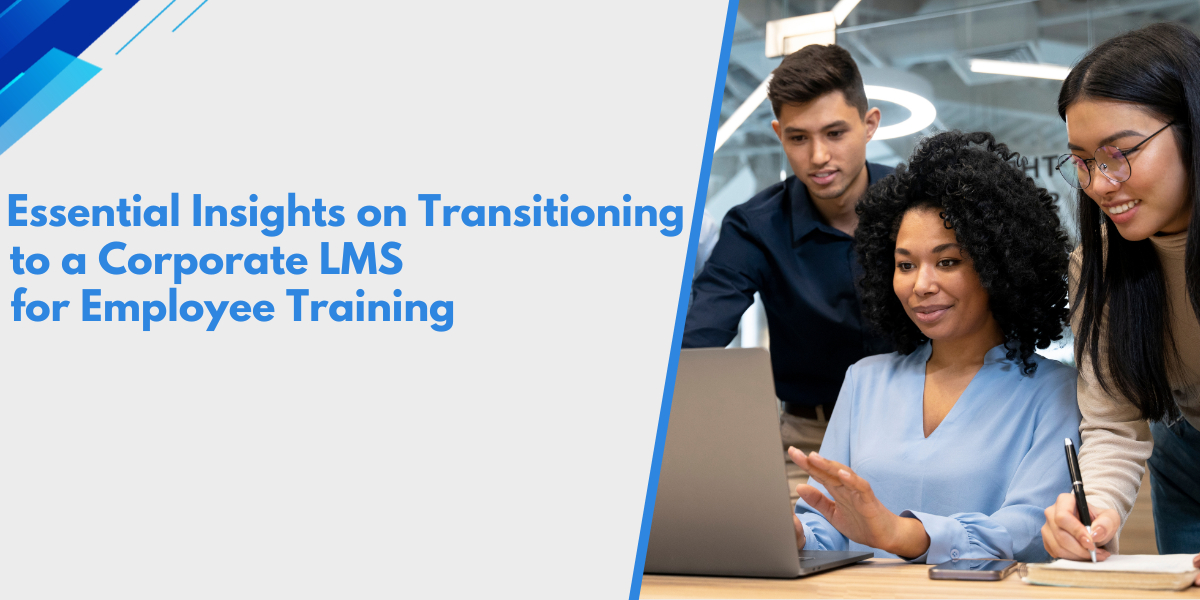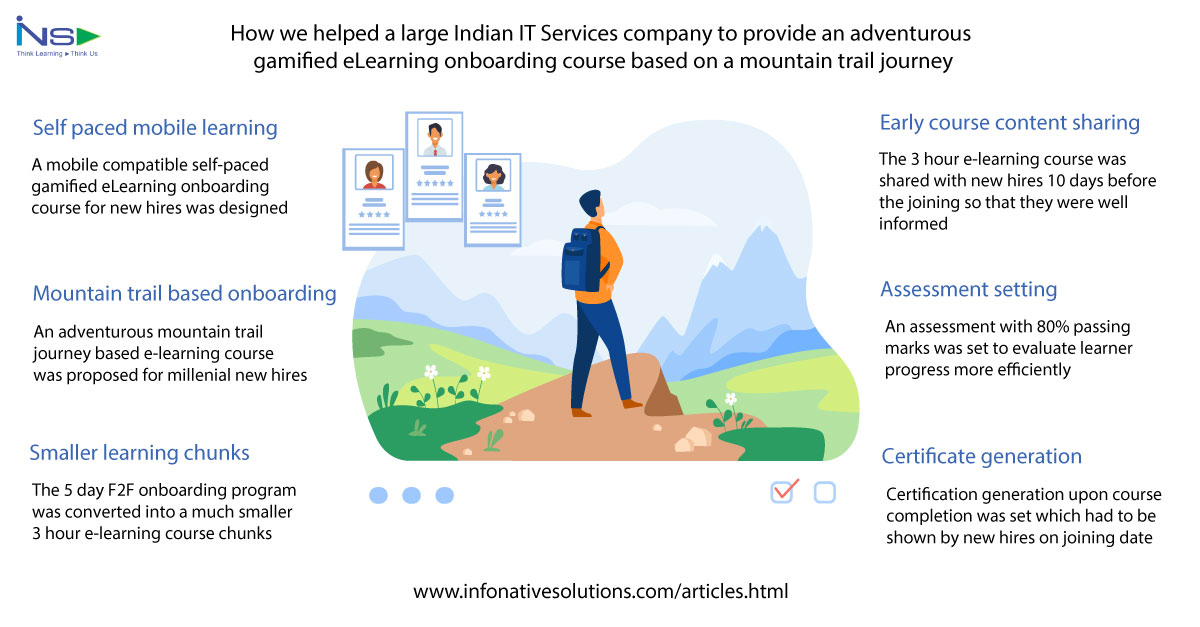Employee training is at the heart of every successful organization. In today’s fast-paced corporate world, traditional methods of training struggle to keep up with the demands of a dynamic workforce. That’s where a Corporate Learning Management System (LMS) steps in, offering an efficient, scalable, and cost-effective solution for employee development.
But what exactly is a Corporate LMS? Simply put, it’s a digital platform designed to manage, deliver, and track employee training programs seamlessly. Now, let’s dive deeper into why transitioning to a corporate LMS can transform your organization.
Why Transition to a Corporate LMS?
Traditional Training Methods vs. LMS
Traditional training often involves on-site sessions, bulky manuals, and significant downtime. An LMS eliminates these inefficiencies, enabling companies to train employees remotely while maintaining productivity.
Benefits of Adopting an LMS for Employee Training
Cost-effectiveness
An LMS reduces training costs by replacing physical materials and in-person sessions with digital resources. Over time, it offers significant savings.
Enhanced Scalability
Whether you’re onboarding 10 or 10,000 employees, an LMS scales effortlessly to meet your training needs.
Improved Training Efficiency
Employees can access learning materials anytime, anywhere. This flexibility ensures consistent training, even for a geographically dispersed workforce.
Key Features to Look for in a Corporate LMS
Customization and Flexibility
Every organization has unique training needs. A good LMS allows you to tailor content, workflows, and assessments to fit your objectives.
User-Friendly Interface
An intuitive design ensures employees can navigate the platform without frustration, boosting adoption rates.
Analytics and Reporting Capabilities
An LMS with robust analytics provides insights into training effectiveness, enabling data-driven decisions.
Integration with Existing Tools
Choose an LMS that integrates seamlessly with your current HR and IT systems for a smooth operation.
Mobile Compatibility
With mobile access, employees can complete training modules on their preferred devices, increasing participation rates.
Challenges in Transitioning to a Corporate LMS
Resistance to Change
Employees might hesitate to adopt new technology. Clear communication about the LMS’s benefits can mitigate this.
Initial Setup and Onboarding Complexities
Configuring an LMS and training staff requires time and effort. Partnering with a reliable vendor can simplify this process.
Data Migration Issues
Moving training records and content to a new system can be tricky. Proper planning and technical support are essential.
Steps for a Smooth Transition
Assessing Organizational Needs
Evaluate your training requirements to identify the features you need in an LMS.
Selecting the Right LMS Vendor
Choose a vendor with a proven track record and robust customer support.
Involving Stakeholders Early
Include key stakeholders in the decision-making process to align goals and expectations.
Pilot Testing the LMS
Run a pilot program to identify potential issues before a full-scale launch.
Measuring the Success of Your LMS Transition
Tracking User Engagement
Monitor login frequencies, course completion rates, and feedback to gauge employee adoption.
Analyzing Performance Improvements
Compare employee performance metrics before and after LMS implementation to measure its impact.
Best Practices for Long-term LMS Adoption
Regular Updates and Maintenance
Keep the platform updated with new features and content to maintain engagement.
Encouraging Feedback from Employees
Regularly collect user feedback to address concerns and improve the LMS experience.
Real-World Success Stories
Case Study: ABC Corp.
ABC Corp. transitioned to an LMS and reduced training costs by 40%. Their employee satisfaction scores also improved significantly, proving the system’s effectiveness.
Lessons Learned
Start small, ensure stakeholder buy-in, and prioritize user training.
The Future of Corporate LMS
Emerging Trends and Technologies
The integration of AI, VR, and AR into LMS platforms is revolutionizing training.
AI and Gamification in LMS
AI-driven personalization and gamification increase engagement, making learning more enjoyable.
Conclusion
Transitioning to a corporate LMS is a game-changer for employee training. By addressing challenges and leveraging best practices, organizations can create a dynamic learning environment that fuels growth and innovation.




